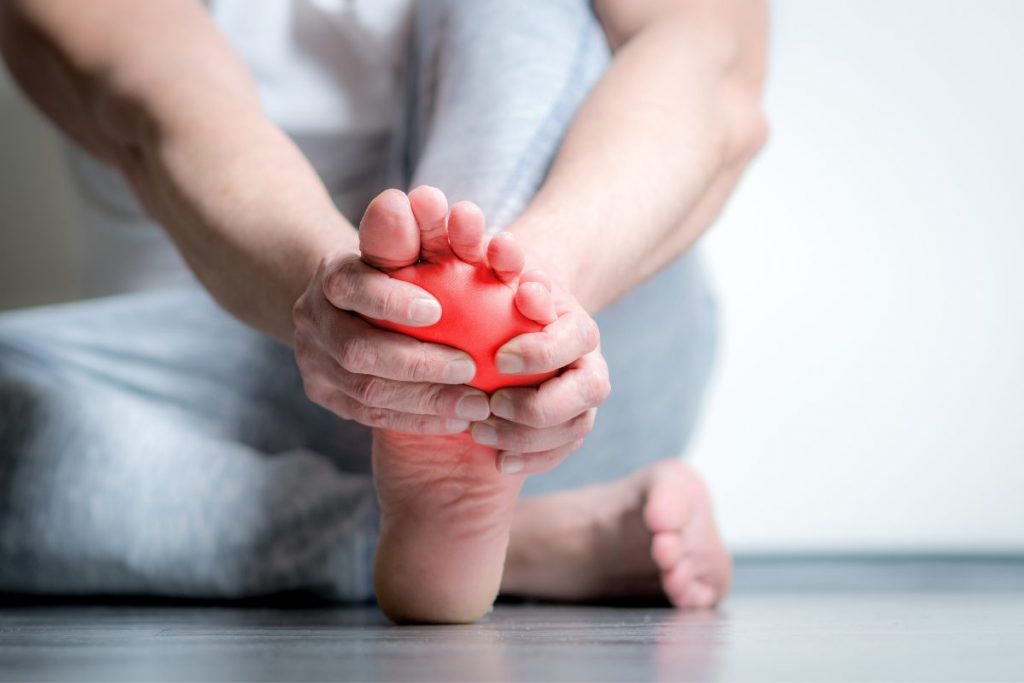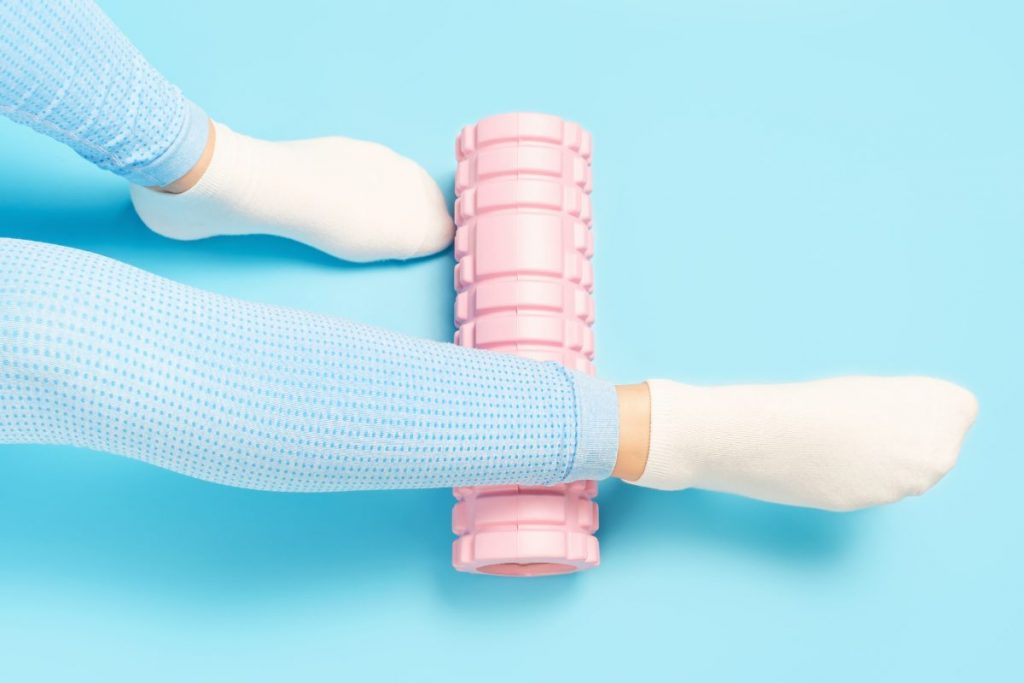If you’ve visited a foot clinic, you’ve probably heard your foot doctor tell you that foot health and posture are related. So, how exactly does this work? You should know that posture and gait are influenced by the biomechanics of our feet.
Poor posture and even musculoskeletal issues can be caused by imbalances or problems with the foot. Keep in mind that foot health is only one aspect that affects posture, and vice versa.
Know more about the posture-foot health connection, some common foot problems that can impair posture, and some daily routines for keeping your feet’s well-being by reading here.

Understanding the Foot-Posture Relationship
You might be wondering: How does foot health affect posture? What you should know is that the biomechanics of your feet are extremely important to how you move and hold yourself. Imbalances or problems with the feet might throw off this delicate balance resulting in slouching.
Having said this, let’s talk about feet features that can impact posture. Low or high arches can lead to instability and impact your posture, while foot alignment is essential in maintaining foot posture. In fact, incorrect foot alignment can lead to other parts of the body to shift in a compensatory manner.
Moreover, the distribution of weight across the foot is also an important thing. Take note that due to uneven weight distribution brought on by foot or leg imbalances, specific muscles and joints may experience extra tension which can result in postural deviations.
Common Foot Conditions and Their Impact on Posture
There are various frequent difficulties that you should take care of when it comes to foot ailments and how they affect posture. Here are some crucial foot conditions that result in poor posture.
- Flat Feet
When walking or sprinting, the foot will naturally pronate or shift your weight to the inside of your feet. However, when the foot rolls too far inside, excessive pronation might happen and this can throw off body alignment and affect posture when not addressed.
- High Arches
The lack of foot arches is a problem, but so are high arches. Supination, in which the feet roll outward, is more common in those with high arches. This can lead to inadequate shock absorption and increase stress on specific body parts, leading to poor posture.
By affecting the way weight is distributed over the foot and changing biomechanics, these conditions not only impact posture but also cause other musculoskeletal issues such as lower back pain, knee pain, or even hip misalignment.
Everyday Habits for Foot and Posture Health
One good thing about the posture-foot health connection is that there are some useful suggestions you should consider if you want to address some issues.
Priority one should be given to selecting appropriate footwear that offers sufficient support and cushioning. You might also want to check out orthotic devices to assist. Additionally, you should develop routine foot care practices including daily foot washing, moisturizing, and correct toenail cutting.

Exercises for good posture can also be a part of your regimen. Over time, posture can be improved by doing simple exercises like standing or sitting straight, using the core muscles, as well as stretching.
Using a supportive chair or altering the height of your computer screen are two ergonomic changes you may make to your home or office environment to improve your general well-being.
Final Thoughts
Knowing the relationship between foot and posture is crucial for musculoskeletal and general health. If you want to prioritize your foot health and posture, you should consult your podiatrist and find a way to take care of your feet for a healthier, happier you!
